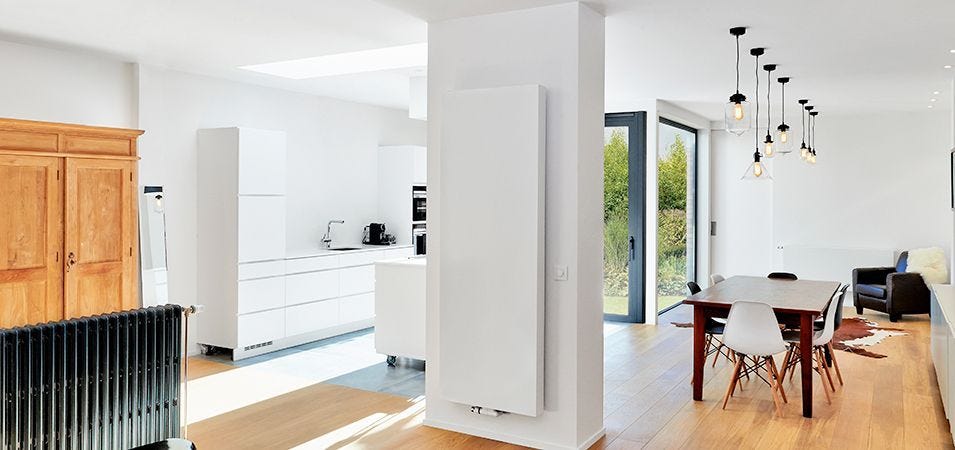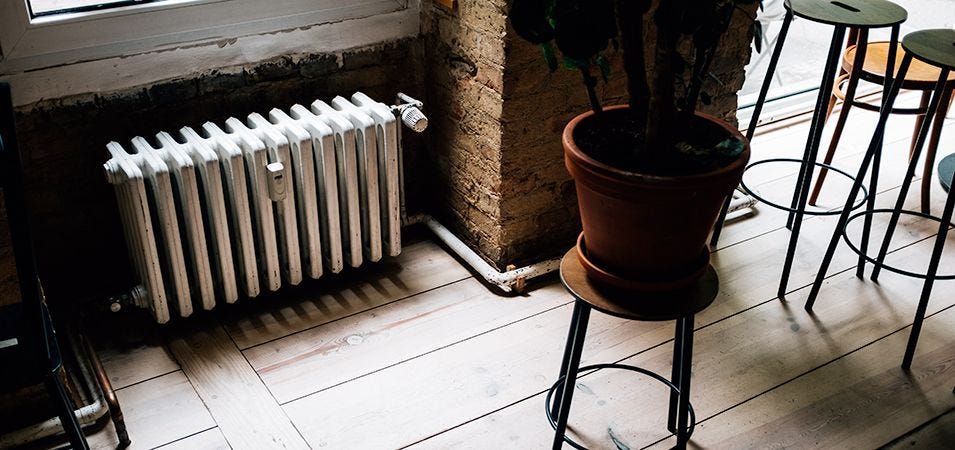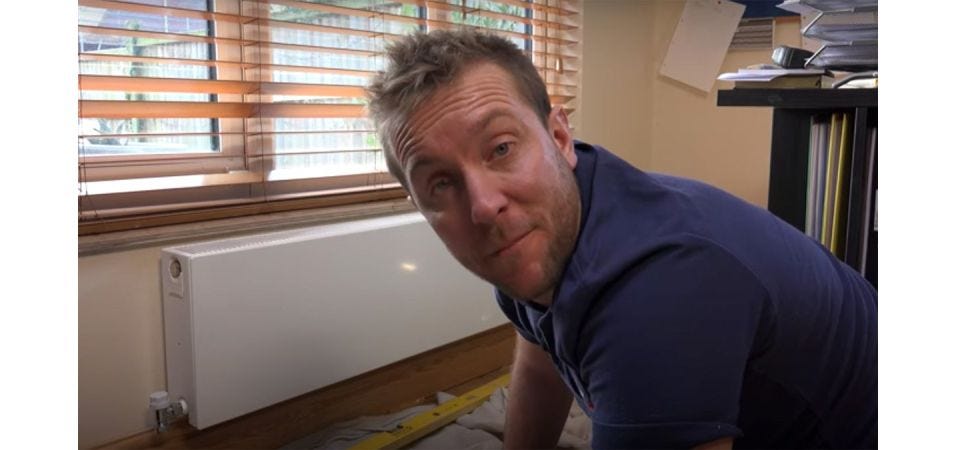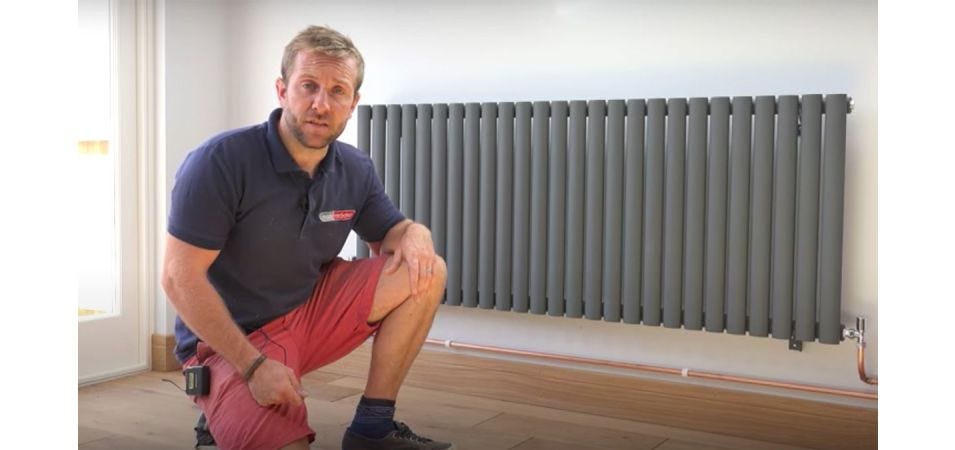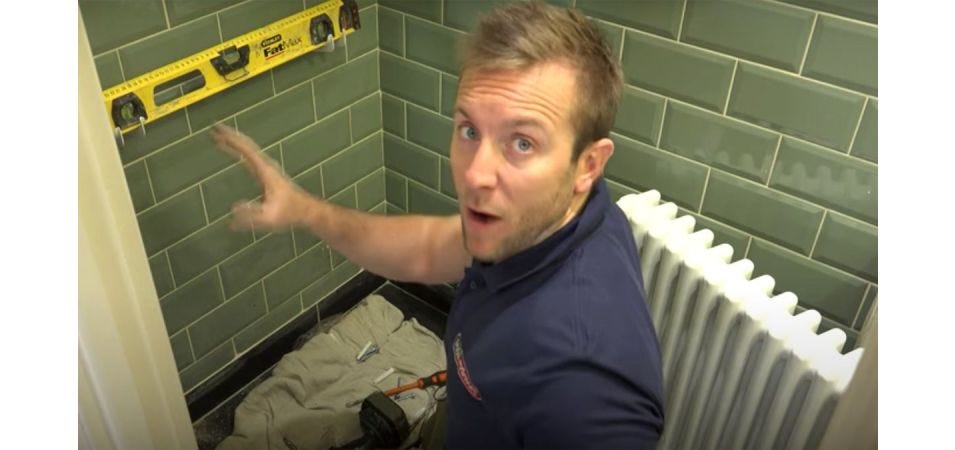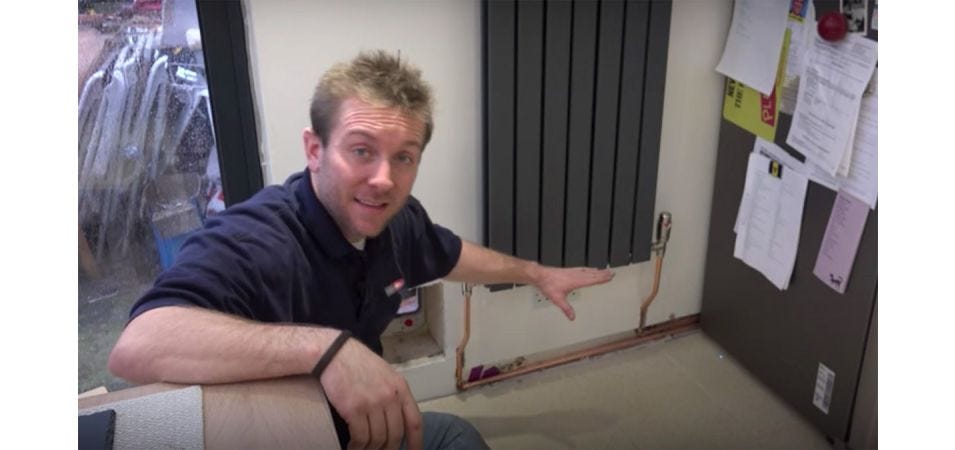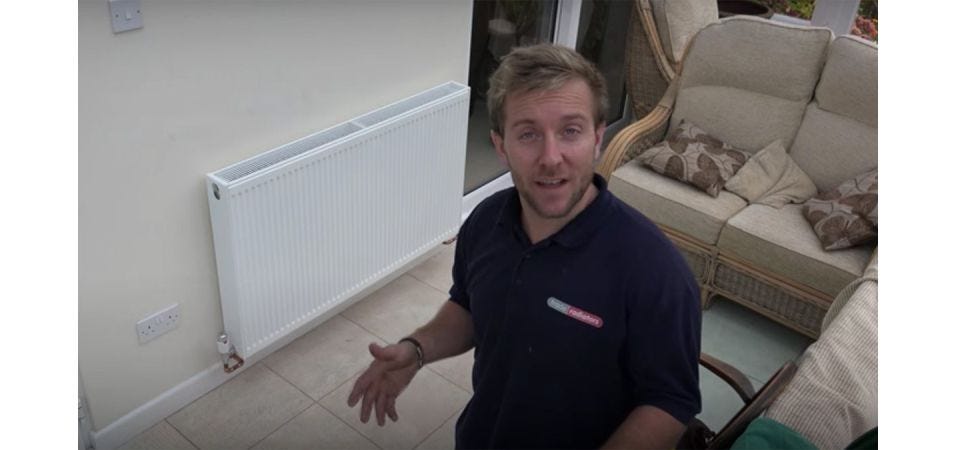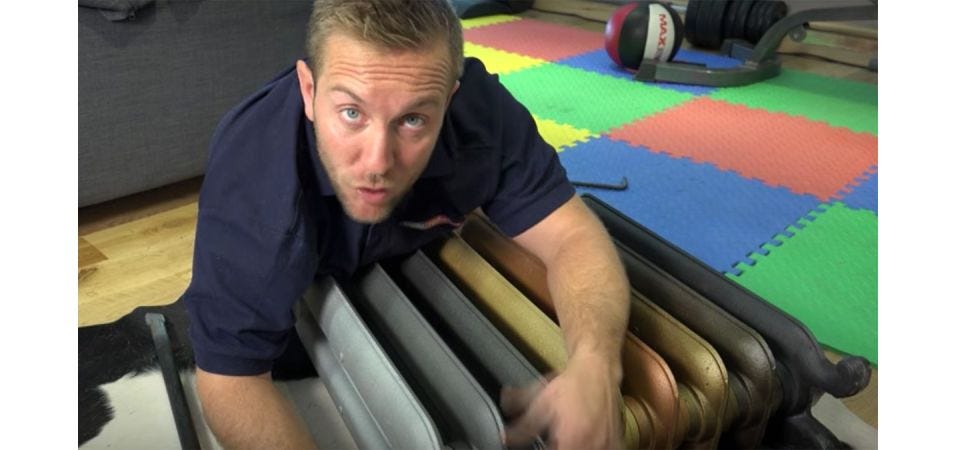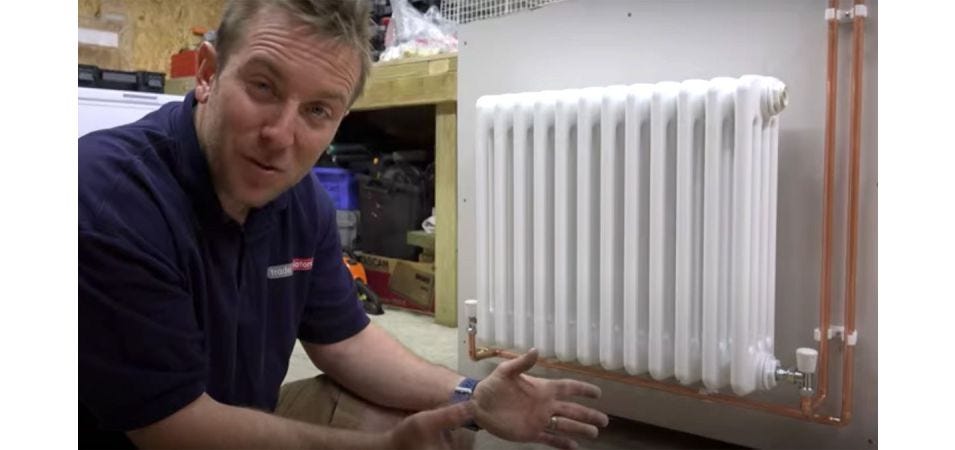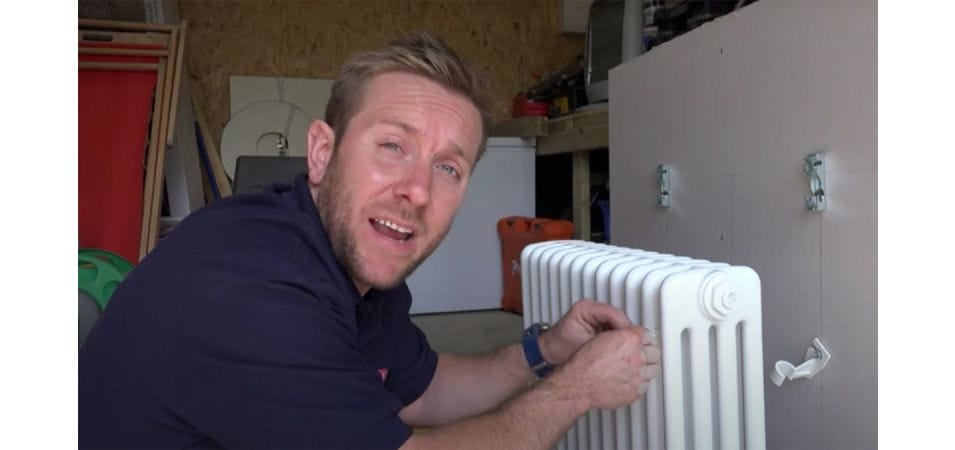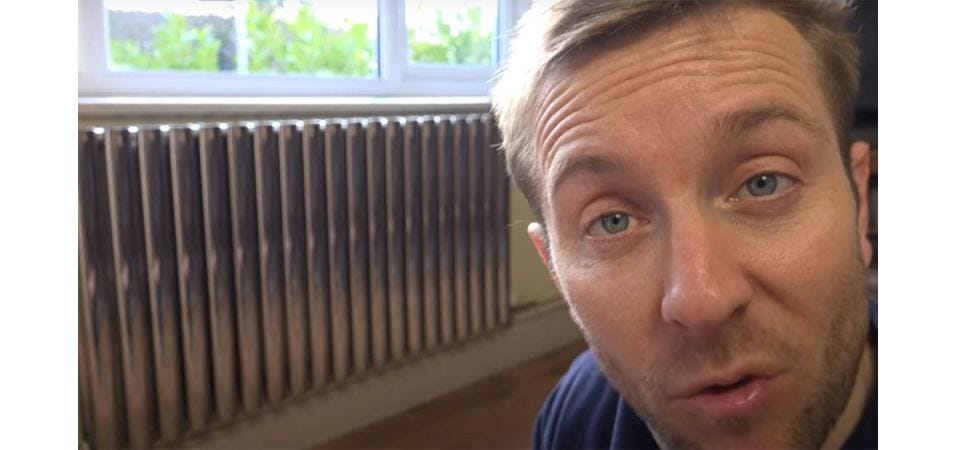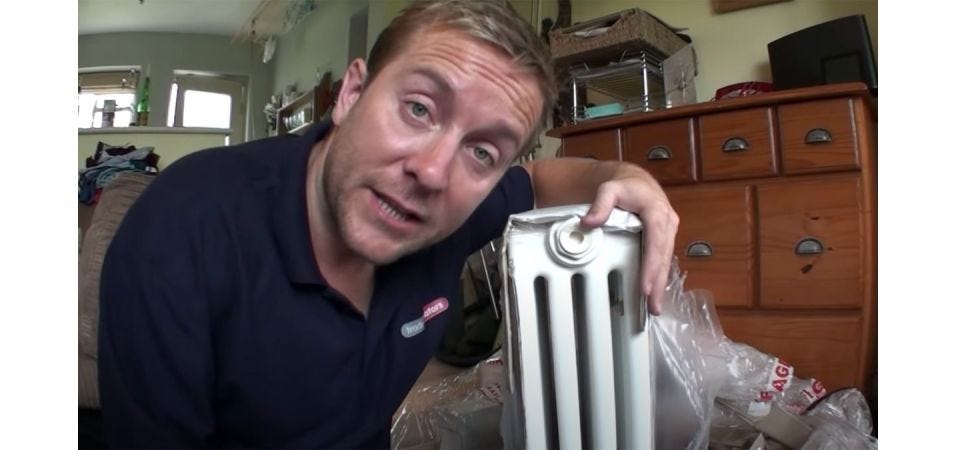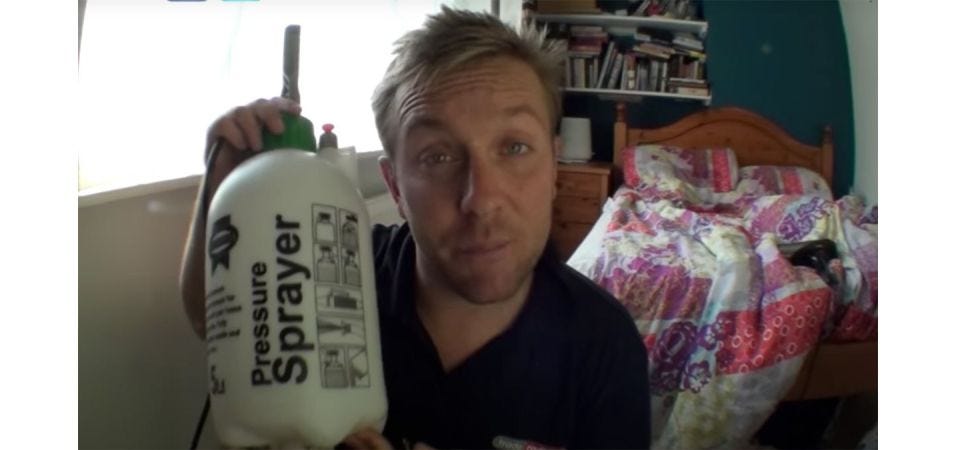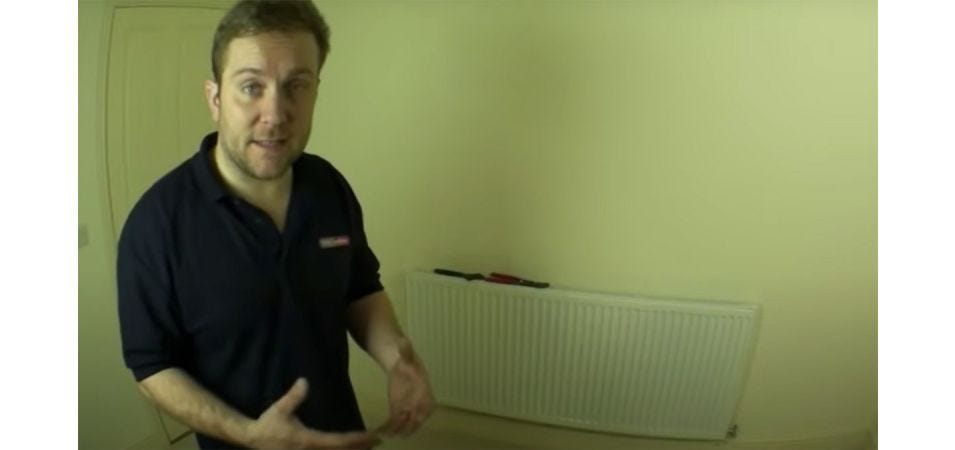VIDEO - Why won't my radiator get hot?
Are you experiencing issues with your radiator not getting hot? If you're a novice at DIY, this can be a frustrating experience.
In this article, we'll discuss some common reasons why your radiator might not be getting hot, and how you can troubleshoot and potentially fix the issue yourself.
Common reasons why a radiator won't get hot
There are several reasons why a radiator might not be getting hot, including:
1. Air in the System
One of the most common reasons for a radiator not getting hot is air in the system. When there is air trapped in the radiator, it prevents hot water from circulating through the system properly. You can tell if there's air in the system by feeling the radiator - if it's only warm at the bottom and cold at the top, there's likely air trapped inside.
2. Blocked Pipes
Another common cause of a radiator not getting hot is a blockage in the pipes. Over time, pipes can become clogged with debris or sediment, preventing hot water from circulating properly.
3. Faulty Thermostatic Radiator Valve
A faulty thermostatic radiator valve (TRV) can also cause a radiator not to get hot. The TRV controls the flow of water into the radiator, and if it's not functioning correctly, it can prevent hot water from circulating through the system.
4. Closed Valves
If the valves on the radiator are closed, it will prevent hot water from entering the system. Make sure the valves are fully open to ensure proper circulation of hot water.
Video - How to fix a radiator that won't get hot
In the video below, James the professional plumber shows you exactly how you can tackle the issue of a radiator that won't get hot. Follow his intructions and see if you are able to solve the problem yourself.
Troubleshooting Tips for Radiators Not Getting Hot
If your radiator is not getting hot, there are some troubleshooting tips you can try to fix the issue:
1. Bleed the Radiator
If there's air trapped in the radiator, it's important to bleed it to release the air. To do this, turn off the heating system and use a radiator key to open the air bleed valve at the top of the radiator. Once the air has been released, you should hear a hissing sound. Once the hissing stops, close the valve and turn the heating system back on.
2. Check the Valves
Make sure the valves on the radiator are fully open. The lockshield valve is usually located on the return side of the radiator and should be opened one full turn. The TRV valve, if present, should also be fully open.
3. Unblock Pipes
If the pipes are blocked, you may need to hire a professional to fix the issue. However, there are some steps you can take to try and unblock the pipes yourself. First, turn off the heating system and use a drain rod or similar tool to clear any blockages. You can also use a power flush machine to force water through the system and clear any blockages.
4. Check the Thermostatic Radiator Valve
If the TRV is faulty, it may need to be replaced. However, before you do this, make sure it's not stuck in the closed position. If it is, use a pair of pliers to free it up.
5. Call a Professional
If you've tried all of the above troubleshooting tips and your radiator is still not getting hot, it's time to call in a professional. A qualified heating engineer can diagnose and fix the issue, ensuring your heating system is working correctly.
When to call in a professional
While many issues with radiators can be solved by homeowners, there are certain situations where it's best to call in a professional. If you're not confident in your ability to perform the above steps or if the problem persists after attempting these solutions, it's time to call in a plumber or heating engineer.
In addition, if you notice any of the following signs, it's important to bring in a professional:
- Leaks: If you notice water pooling around your radiator or any signs of rust or corrosion, it's likely that there's a leak in the system. This can cause damage to your floors and walls, so it's important to address it as soon as possible.
- Strange noises: If your radiator is making gurgling or banging sounds, it could indicate that there's air trapped in the system or that there's a blockage. A professional can help diagnose the issue and fix it.
- Cold spots: If certain areas of your radiator are cold while others are hot, it could indicate a blockage or a problem with the flow of water. A professional can diagnose the issue and recommend the best course of action.
- Old radiators: If your radiators are old or outdated, it may be time to upgrade to a more efficient system. A professional can recommend the best options for your home and help with installation.
Remember, if you're unsure about anything or if the problem persists, it's always better to err on the side of caution and bring in a professional. They have the knowledge and experience to diagnose and fix issues with your heating system, ensuring that your home stays warm and comfortable.
Convector radiators at Trade Radiators
At Trade Radiators, we believe our selection of convector radiators is unsurpassed. With many styles and sizes available from several choice manufacturers, we are sure to have one to suit your heating needs.
Convector radiators require a low water content to run on a low-temperature heating system using ground source heat pumps. We know that an energy-efficient heater is important to you, which is why we try to be as elaborate as possible about each unit's energy efficiency.
When selecting our convector radiators, we ensured we chose brands that look good and perform to a high standard. We have categorised them into three distinct groups - own brand, premier, and specialist.

